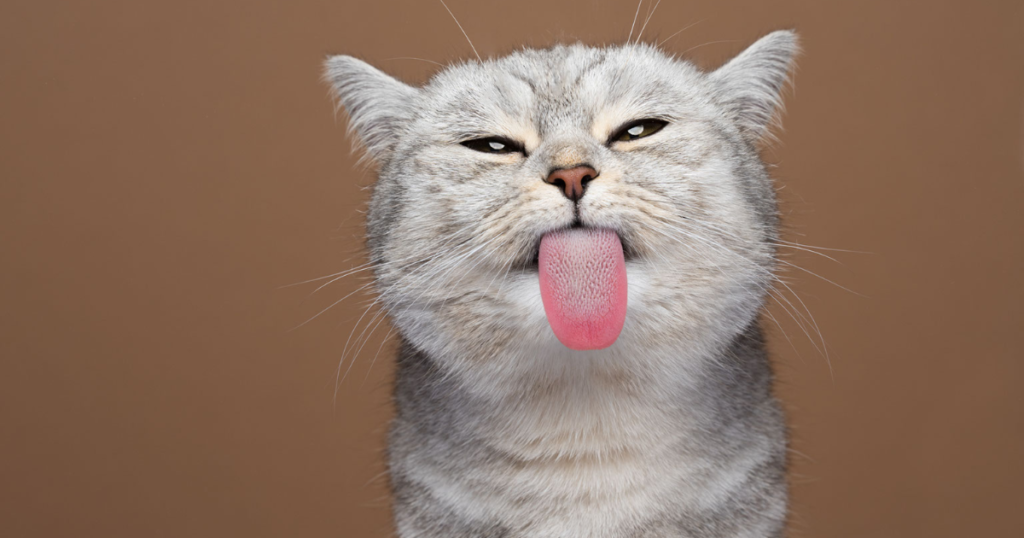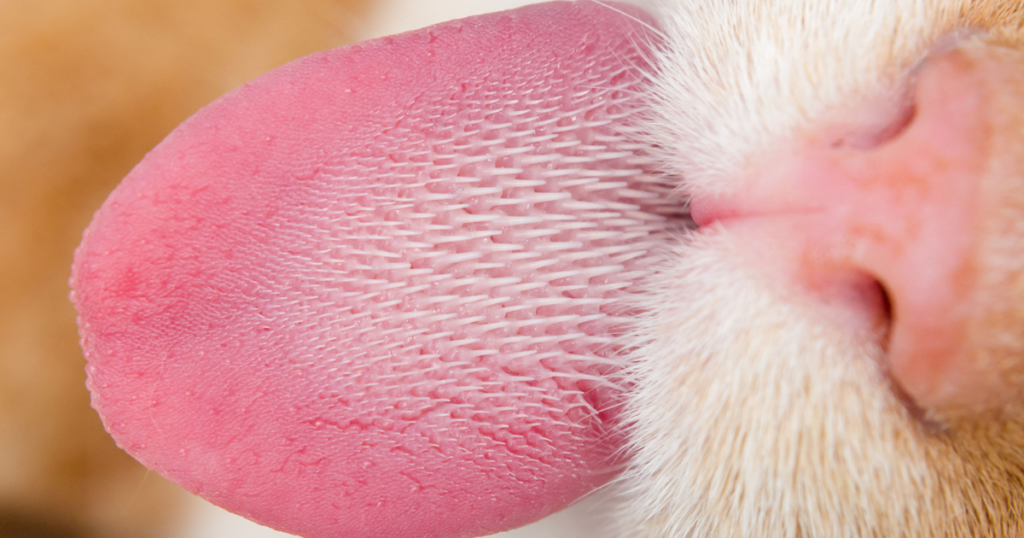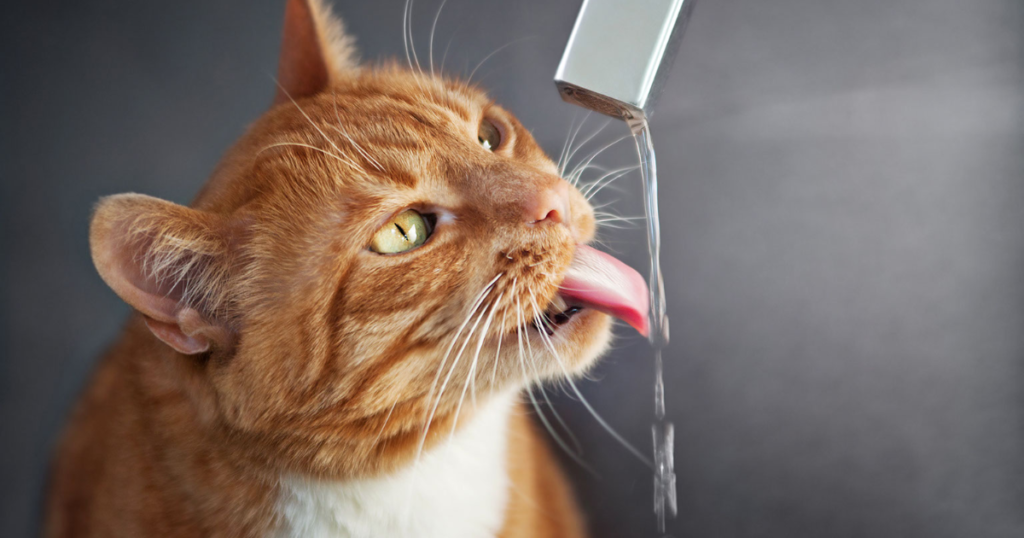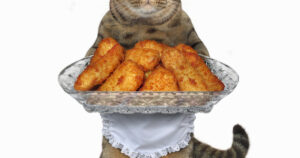Have you ever pondered why cats’ tongues are so rough? Well, there are several anatomical and functional reasons.
In this blog post, we’ll investigate the anatomy behind a cat’s rough tongue, its benefits, and ways to care for this unique organ – from grooming them to drinking and eating!
Cats rely heavily on their rough tongues every day! So let’s look deeper into why this adaptation evolved in cats.

The Anatomy Behind a Cat’s Rough Tongue
A cat’s tongue is one of its most intricate and fascinating organs. It boasts many distinguishing characteristics that set it apart from other animals’ tongues. One must consider several essential components to understand what makes up a cat’s tongue.
The primary component of a cat’s tongue is called papillae, or small bumps on its surface, mainly made from keratin–the same material found in human fingernails and hair. These papillae contain numerous taste buds which allow cats to detect sweet, sour, salty, bitter, and umami flavors in food.
Furthermore, cats possess two primary and secondary barbs that give their tongue its rough texture.
Primary barbs are long spines composed primarily of keratin that point back toward the throat, while secondary barbs are smaller spines pointing toward the tip of the tongue with a sharp point at their end.
Primary barbs act like combs when used against fur or skin in grooming themselves or other cats within their social group.

The Fascinating Biology Behind Why a Cat’s Tongue is So Rough
Cats’ tongues possess both primary and secondary barbs, giving them impressive grooming ability and making them quite rough!
This rough texture is due to how well-adapted these spines are for grooming; together, they form an efficient comb-like tool that effectively cleans fur and removes debris from coats without harming delicate skin underneath.
In addition, cats tend to lap up liquids more effectively than other animals due to the texture of their tongues, which creates suction when they lick something such as water or milk from a bowl or bottle nipple – helping reduce spilling during mealtimes!
Furthermore, cats’ tongues create friction between themselves and whatever food item they’re trying to grab (consider how easily your cat could hold onto wet kibble!).

The Benefits of a Cat’s Rough Tongue
Cats’ rough tongue has many benefits, one being grooming. Their unique adaptation allows them to clean themselves using their tongue and teeth; their spines act like tiny combs for fur removal and spreading oils throughout their body for glossy fur.
Plus, cats lick their coat to identify other cats nearby by scent-marking behavior.

Eating and Drinking Benefits
Cats’ tongues are made for eating and drinking; their spines pick up food particles from surfaces like carpets or bowls, so eating without using their hands or paws is easier.
In addition, when drinking water, their spines collect liquid into their mouths more efficiently than other animals can with just lips alone.
Furthermore, cats use licking motions while eating or drinking to stimulate saliva production, which softens food particles before swallowing it and makes drinking liquids easier on throat muscles.

Care for Your Cat’s Rough Tongue
Regular dental checks and cleanings for cats are necessary to keep their tongue healthy. In addition, a veterinarian can evaluate the state of your cat’s tongue to rule out infection or injury.
Brushing its teeth daily with an enzymatic toothpaste designed specifically for cats helps remove plaque buildup that causes bad breath, gum disease, and other oral hygiene problems.
Furthermore, special treats tailored towards cats with sensitive mouths or dental issues help keep those gums healthy and reduce bad breath caused by bacteria on their tongues.

Brushing and Cleaning
Regular brushing of a cat’s tongue is essential for its overall well-being. Use a soft bristle brush or cat tongue cleaner when brushing your cat’s tongue. Do this gently but firmly to help remove any food particles stuck between its papillae on its surface.
If particularly stubborn particles are stuck between your papillae that resist brushing away, you may need to use a cotton swab dipped in warm water.
Additionally, it would help if you used a pet-safe mouthwash periodically (once every two weeks) diluted with water according to instructions to cleanse your cat’s mouth and prevent bacterial growth that could lead to bad breath or other oral health issues caused by plaque buildup on its tongue over time.

Conclusion
Cats use their tongues for two primary purposes: to groom themselves and help them eat/drink. Their anatomy is unique in that it contains tiny hooks acting like mini-brushes on their coats, making them incredibly effective groomers and necessitating special care to keep them healthy.
Regular dental checkups, brushing, and cleaning should be part of any cat owner’s regimen for maintaining a cat’s tongue health.
We hope this blog post has provided insight into why cats have such rough tongues – now go out there and show your cat some love!








